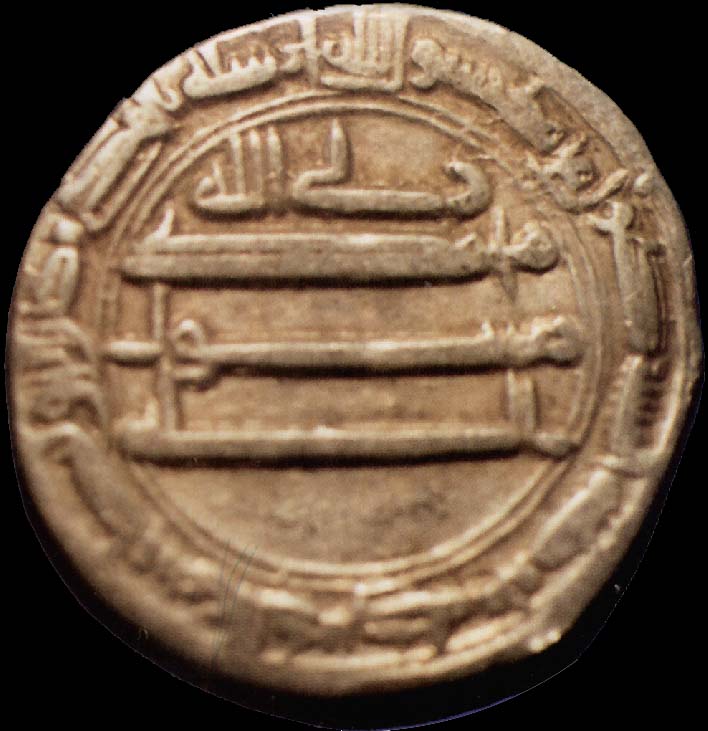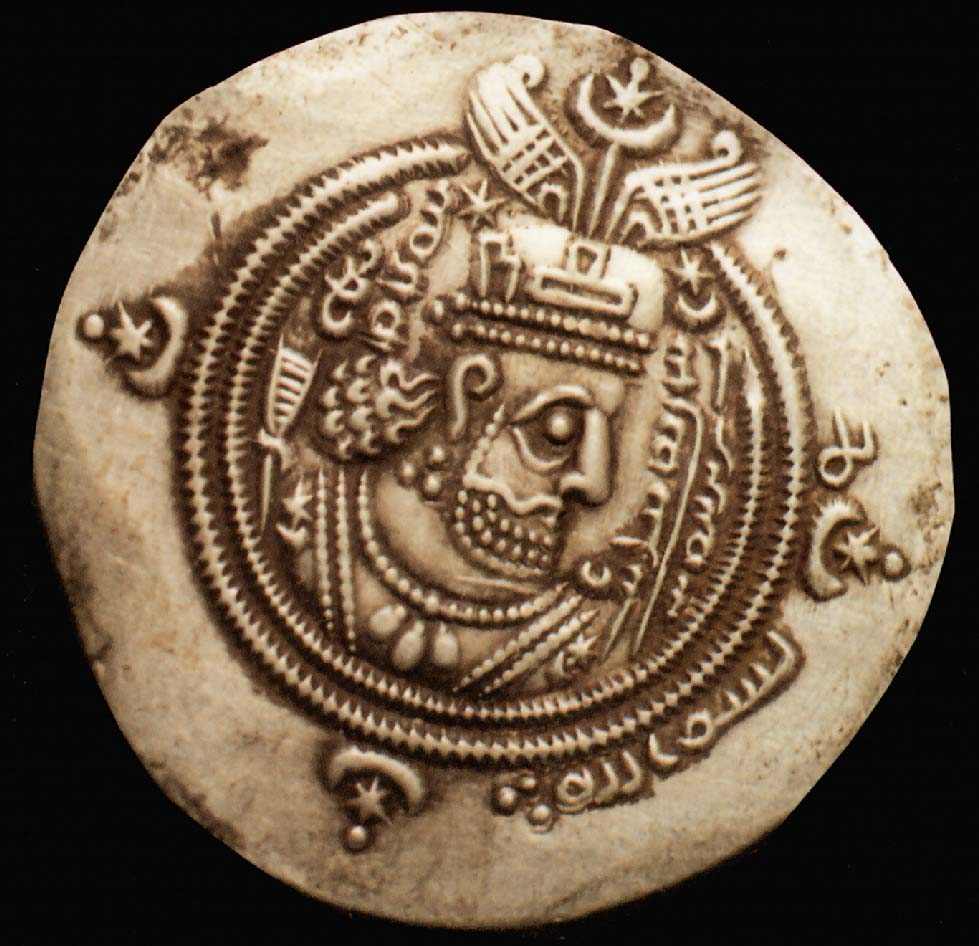

Online collections
monedastodas.com
All collections » Coins » Islamic states
Site search
The coins provide reliable and accurate information to help study Islamic history in all its various religious, political and economic aspects. Islamic coins containing the names of caliphs and sultans, as well as the year of minting, help to correct many omissions and fill in the gaps in the hierarchy of the ruling families in most Islamic countries in different eras, as well as adjust the periods of their reign. From the names of the cities of coinage mentioned on Islamic coins, we can find out the degree of political influence of each country and each particular ruler.
In addition, Arabic-Islamic coins of various types are the most important source for studying and tracking the stages of development of Arabic calligraphy. The engraving style of the name of Allah, sayings from the Koran and prayers help to determine the official religious line of a particular state. Islamic coins also help in studying the development of decorative elements - geometric or vegetal, since images of humans and animals were most often prohibited.
Interest in the study of money in general and Islamic coins in particular appeared from the end of the eighteenth century, as a result of which numismatics became the science on which most of the studies devoted to various aspects of human life are based. During the nineteenth century, many studies and works related to the collections of museums and research centers appeared, in addition to accurate studies that concerned the study of the coins of many ruling families in the territory of the Islamic States.
On the other hand, there were no Arabic works in this field until the middle of the twentieth century, when Anastas al-Karmali (1866-1947) collected the most important writings of Muslim writers and historians on money in his book entitled Arab Money and the Science of Growth. Specialized Arab studies appeared even later, when Nasser al-Naqshbandi studied the Islamic coins stored in the Iraqi Museum and published many books and studies on Islamic coins, and Abd al-Rahman Fahmi did the same work on materials from the collection of the Museum of Islamic Art in Cairo, from the beginning of Islam until the middle of the fourth century AH (11th century Christian chronology). After this, many Arabic studies of Islamic coins appeared, and in some Arab countries a number of specialists appeared who took on the task of highlighting this science in the Arab world.
Mr. Abdul Majid Al Mohammed Al Khuraji's collection of gold dinars is of great historical and material importance, as he was very eager to acquire the rarest coins. The collection is distinguished by an extraordinary wealth of rare gold coins from the Islamic Maghreb, starting with Latin-Arabic coins, including even those of the nobility of Marrakesh, as well as those of Egypt, the Levant, Iraq, Iran, Turkey, most of the eastern regions and the Arabian Peninsula.



Abbasids (Baghdad) Caliphate (750-1258)
Abbadids (Bani Abbad) (1042-1069)